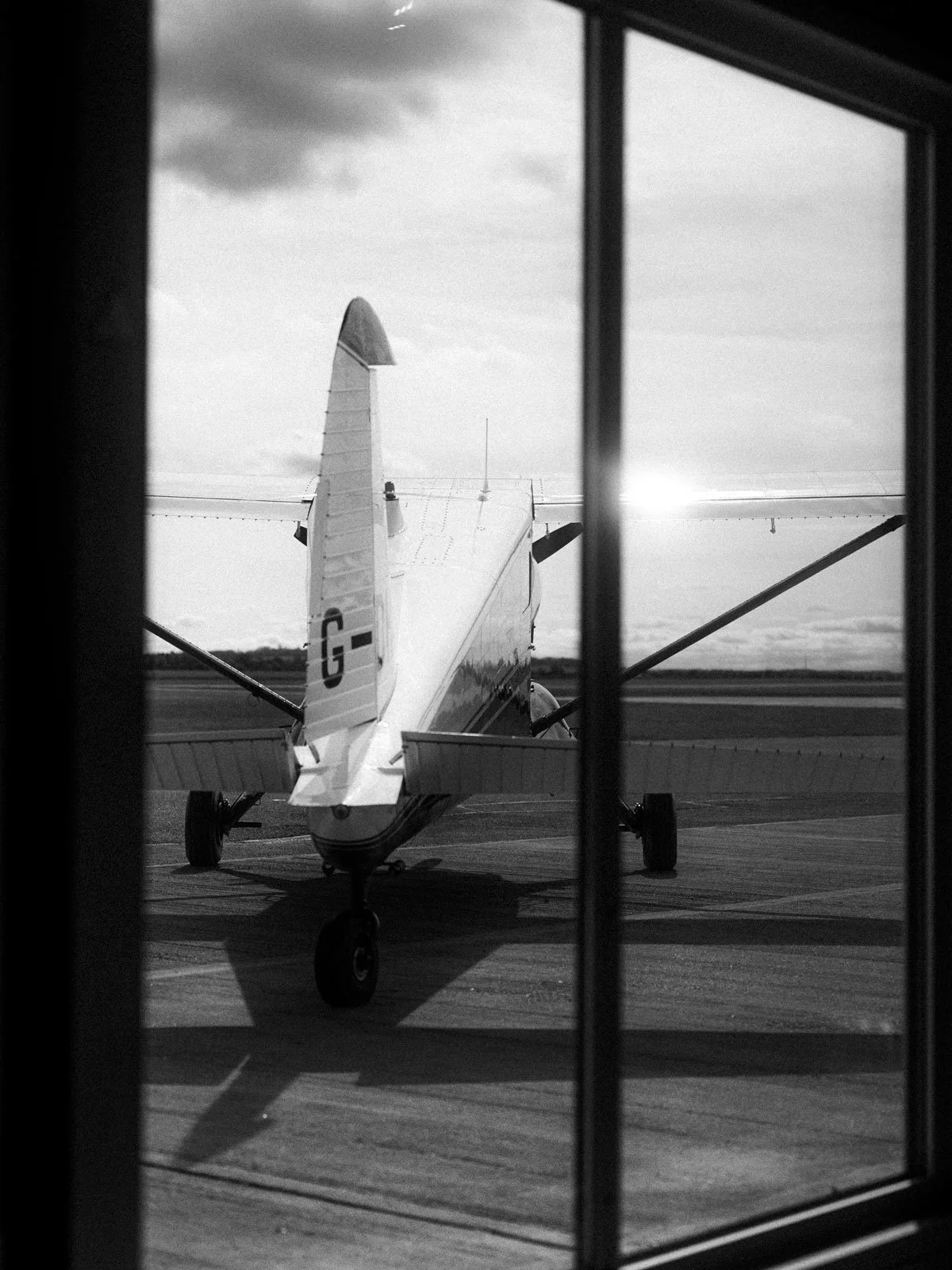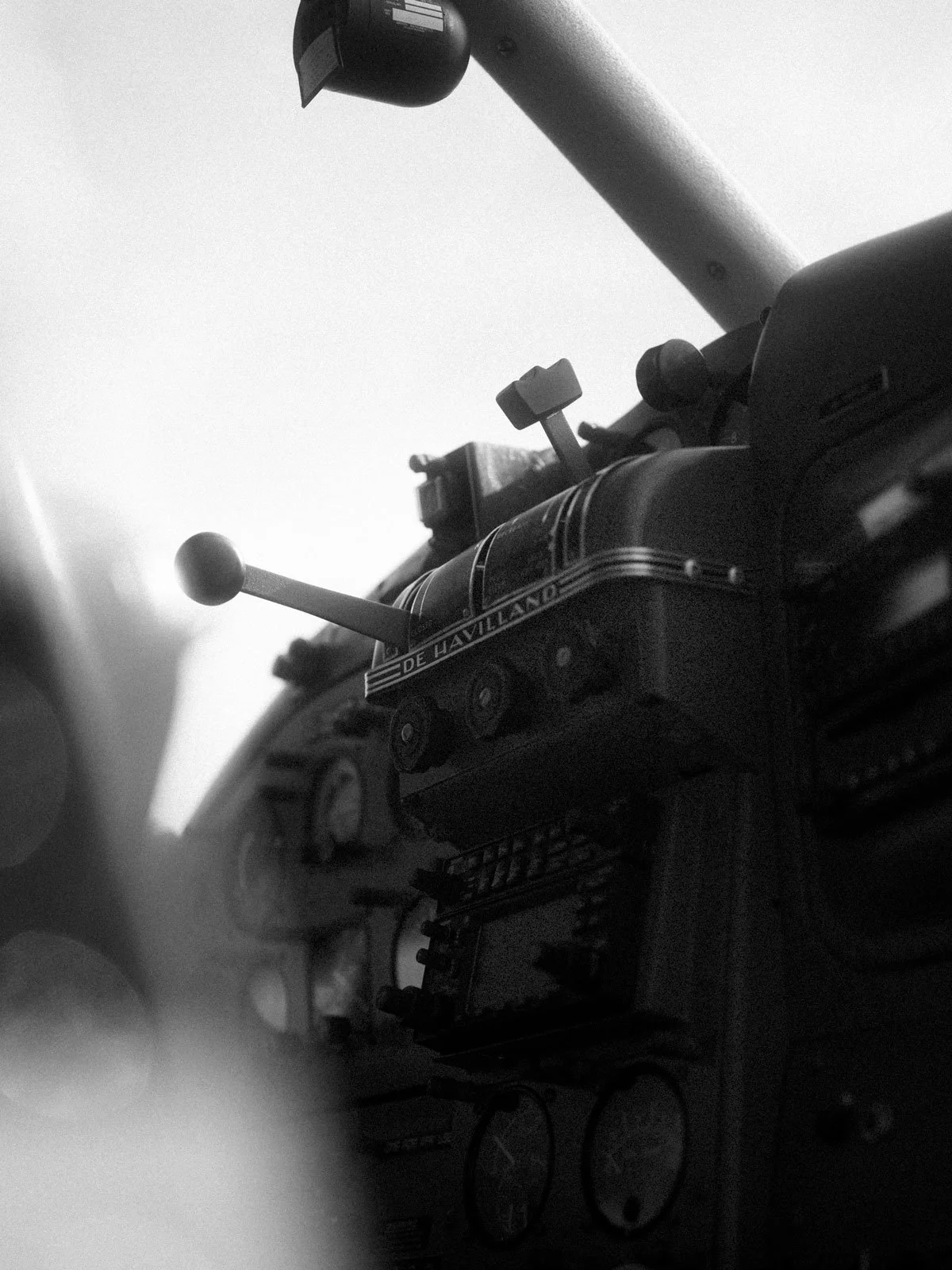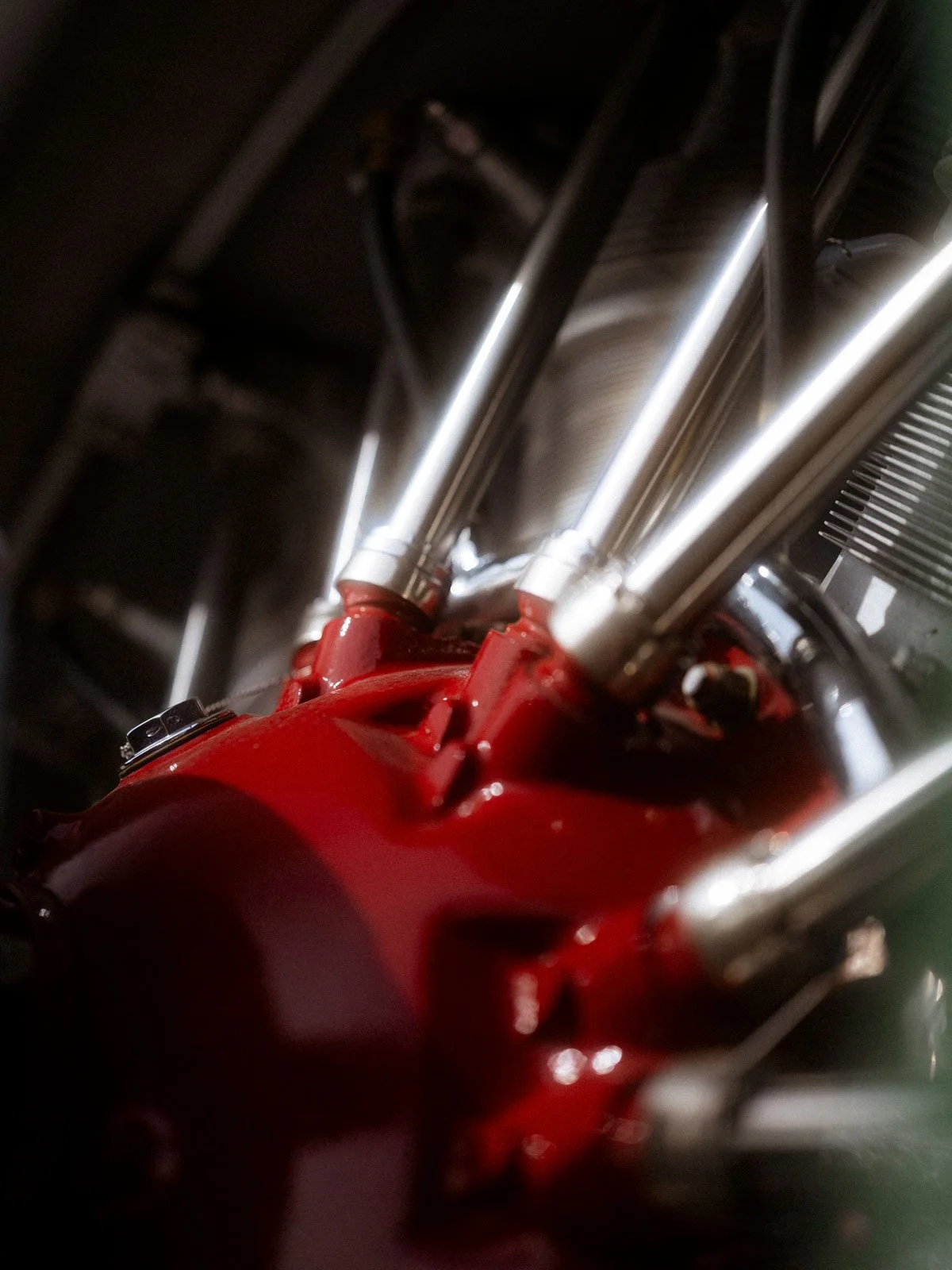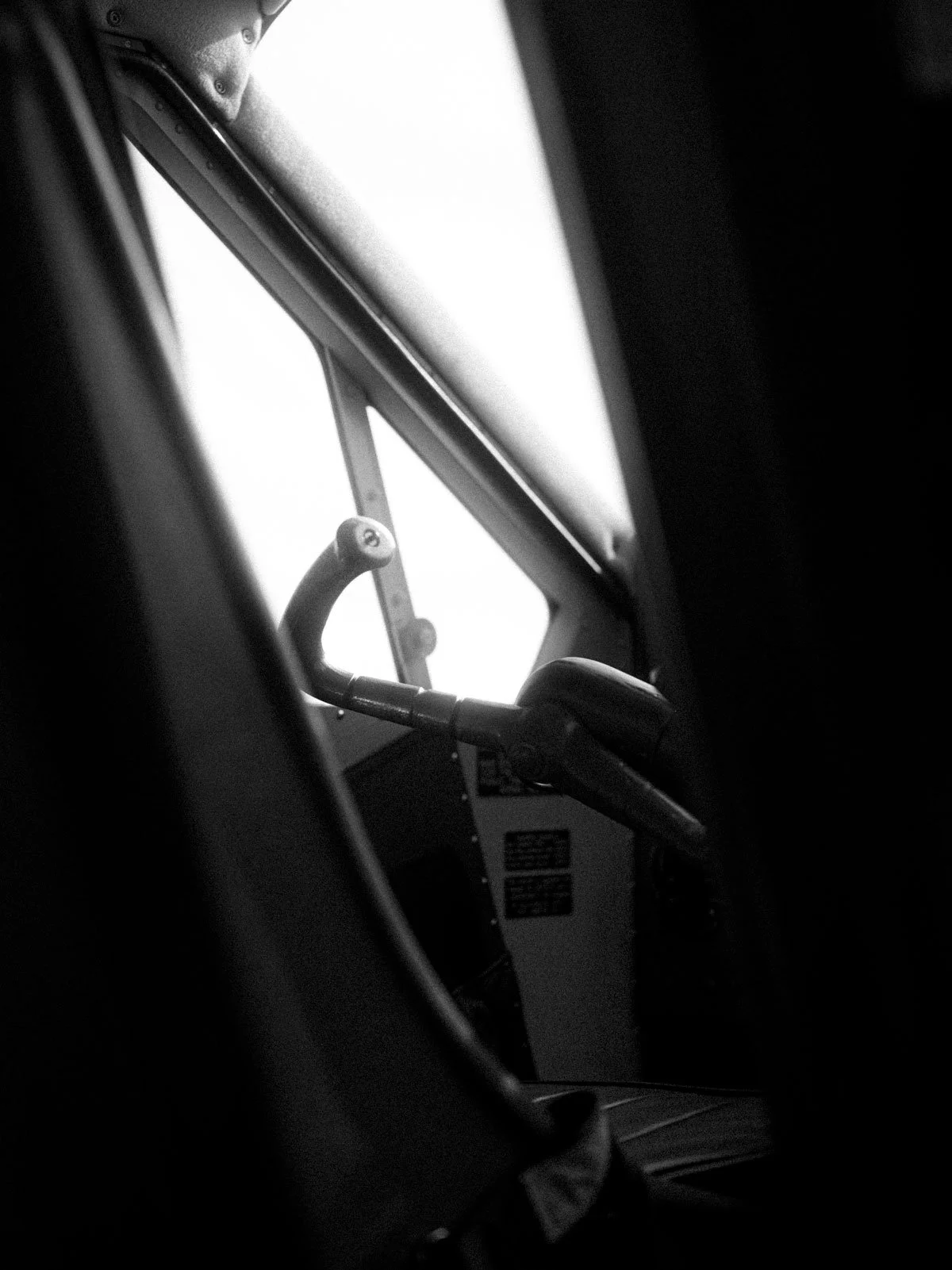de Havilland Canada DHC-2 Beaver
DHC-2 Beaver
This de Havilland Canada DHC-2 Beaver G-DHCZ is one of a handful airworthy in the UK. The Beaver was designed post-war as a powerful utility aeroplane which could take off and land in short distances. The prototype made its maiden flight on 16th August 1947 in the hands of Canadian fighter ace Russell Bannock. From the outset this rugged type was intended to fly from any surface required by the customer and so – as well as wheels - ski and float options were all available from the factory and could be easily swapped as needed. The Beaver can be happily operated in the world’s most extreme climates and the design accommodates this, with features like the oil filler being in the cockpit allowing the pilot to top up the system in flight. Despite the age of the airframes, hundreds remain in active service particularly in North America where their robust construction ensures they are still the best available machine for so many roles. The type has also been sold with a turboprop engine, reducing maintenance costs, and increasing the payload that can be carried. Canada certainly recognises the significance of the Beaver – as well as having been named as one of the top ten Canadian engineering achievements of the 20th century, the type has been honoured on various special edition coins. Incredibly, it is still in factory production today with Viking Air who also supply parts to keep the fleet flying. One of the most famous owners of the type is actor Harrison Ford, who describes his Beaver as his favourite of the aircraft in his collection.
G-DHCZ, as this Beaver is today registered, was built by the de Havilland Aircraft Company at Hatfield, Hertfordshire and delivered to the Army Air Corps as XP772 in 1961 where for the first 8 years of its squadron service it was used for instruction with the Advanced Fixed Wing Flight. In late 1969 the aircraft was reallocated to 132 Aviation Flight, first at Old Sarum, later moving to Netheravon. By June 1971 the Beaver was operating from Topcliffe in Yorkshire with 667 Squadron, who deployed the airframe to Sudan between January and March 1974 for Exercise Mirza, where the type supported the Royal Engineers by shuttling supplies and personnel.
By the end of the year, XP772 had been returned to the UK and designated as a ground instructional airframe. Once that had come to an end, the aircraft was transferred to the Army Flying Museum at Middle Wallop, Hampshire who placed the Beaver on loan at the Museum of Army Transport in Beverley, Yorkshire. The aircraft then went on display at the Imperial War Museum, Duxford.
Eventually the aircraft was acquired by the Aircraft Restoration Company who stripped the aircraft down for inspection and began the process of returning the Beaver to flight. Early in the project, the decision was made to ‘civilianise’ the Beaver and so many modifications were carried out over the restoration. These include a Hartzell 3-bladed propeller in place of the original two-blade, modifications to the cabin windows and avionics, and the fitting of a luggage bay and a red leather interior. The finished product is a quieter aircraft which provides a far more comfortable flying experience for its passengers. After a 5-year project, the aircraft flew again in 2011 with John Romain at the controls who had led the work on this machine.
The Beaver is something of an unsung hero of the ARCo fleet as at a moment’s notice it can be called upon to ferry people or equipment around Europe. The quality of the restoration was recognised in 2011 when the aircraft was awarded 2nd place in the coveted ‘Freddie March Spirit of Aviation’ at that year’s Goodwood Revival. It may not be the fastest aircraft out there but the weight carrying capacity versus short field performance is virtually unmatched by any other type. G-DHCZ was used extensively during the ‘THANK U NHS’ Spitfire tour in 2020, where it carried spares and support personnel wherever the Spitfire flew, touching down in Cornwall, Northern Ireland and Scotland to name but a few. The de Havilland Beaver certainly makes an interesting contrast to smaller ‘STOL’ aircraft as anyone who has seen it display before will surely bear witness.












